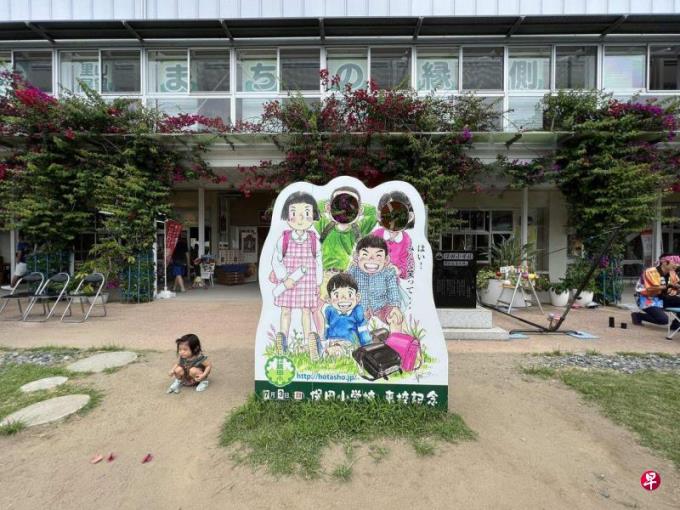
The trend of Japanese declining childization after World War II has developed rapidly.The total fertility rate in 1950 was 2.22, and it continued to be lower than 2 after 1975. The latest data showed that the 2022 was 1.26.Internationally, this number is extremely low.As the birth rate decreases, the number of births decreases and the ratio of the aging population has risen, which has caused the aging of society to increase.If the number of births is lower than the number of deaths, the total population will begin to decrease.Japan has developed along this process, and the population has continued to decrease since 2008.Dexia will inevitably cause dynamic changes in the population, but because Japanese declining childization begins earlier and fast, from an international perspective, this dynamic change in population is also at the forefront.
The phenomenon of enlightenment in Japan has been further accelerated due to the impact of the crown disease.The biggest feature is the reduction of the birth population.After 2020, the population was accelerated, reaching 771,000 new lows after World War II in 2022.According to the population calculation of 2017 before the epidemic, the number of births in 2036 will be 774,000, which now means that the declining childization of Japan has been at least 10 years earlier than expected.The number of marriage is also reduced because of the epidemic.The number of marriage in 2021 was the lowest 501,000 pairs after World War II (increased to 505,000 pairs in 2022).According to the willingness to investigate, young people who want to get married are also decreasing.In Japan, most children are born in a partner family with a marriage relationship, so the decrease in the number of marriage means that the future birth population will be further reduced.
So far, the changes in population dynamics are expected to continue for a long time.At the end of April this year, the National Institute of Social Security and Population Issue issued a new Japanese future estimation of the population report. Looking forward to the future changes in population structure, the total population decreases, the progress of declining childization, the decrease in the labor age of the workers, the decrease in the labor age, and the progress of aging.Population trends will continue.
Try to compare 2020 and 2070 as the benchmark year.The total Japanese population, including foreigners, will be reduced from 126.15 million to 87 million.The government's goal is to control the population at about 100 million people, but according to forecast, the total population will fall below 100 million in 2056.With the development of young childization, young people under the age of 14 have decreased from 15.03 million to 11.03 million.The ratio of the working age population 15 to 64 has declined, known as population liabilities, which is also continuing.The labor age population decreased from 75.09 million to 45.36 million, a decrease of about 40 %.Aging is also advancing.The ratio of the aging population increased from 28.6%to 38.7%.The number of elderly people has continued to increase from 36.19 million to 2043, and then decreased to 33.67 million people by 2070.
The dynamic change of population has a great impact on Japan's economy and society so far.However, the future impact will increase.The main impact is the following three points.
"Smart and population reduces coexistence"
First of all, due to the decline in the proportion of the labor age, the lack of labor is insufficient.Although the previous labor force was insufficient, the shortcomings were increasingly obvious in the economic recovery after the epidemic.Enterprises responded by improving the labor participation rate of women and the elderly, but this is almost the limit.Second, the sustainability of the social security system is weakened, and the social security system in Japan, such as pensions, medical care, and care, is basically the "collection method" of the active labor generation.Therefore, with the changes in population, the population ratio of active labor generations declines, and the foundation of the social security system will shake.Third, the local economy is weak.With the decrease in the overall population, the decrease in local population is stronger. Decreased population will lead to the deterioration of public services and civil services, and it is becoming more and more difficult to live in local residence.
For such a severe childhood movement, the Japanese Prime Minister Kishita Tian Wenxiong clearly proposed a differential decorative countermeasures, and published in June 2023 that it was the "children's future strategic policy" as the basic policy.According to the policy, it is proposed that: 1. Together with structural improvement, we can enrich economic support and increase the income of young people; 2. Change the structure and consciousness of the overall society;Discuous support of these three basic ideas.In the future, including how to raise money, it will determine specific countermeasures.
However, such a decointed countermeasures lack the empirical basis, and the author is skeptical of the effect.Anyway, in order to prevent declining childization and the decrease in population, it is necessary to increase the birth rate to 2.07, but this is almost impossible.We should not consider spending huge costs to prevent the reduction of the population. Instead, we should strive to achieve a society where population reduction will not harm people's welfare.Not long after, many countries will also reach the stage of population dynamic like Japan, Japan should "be smart and the population reduces coexistence" to set an example for the world.
The author is a guest professor at Dazheng University



